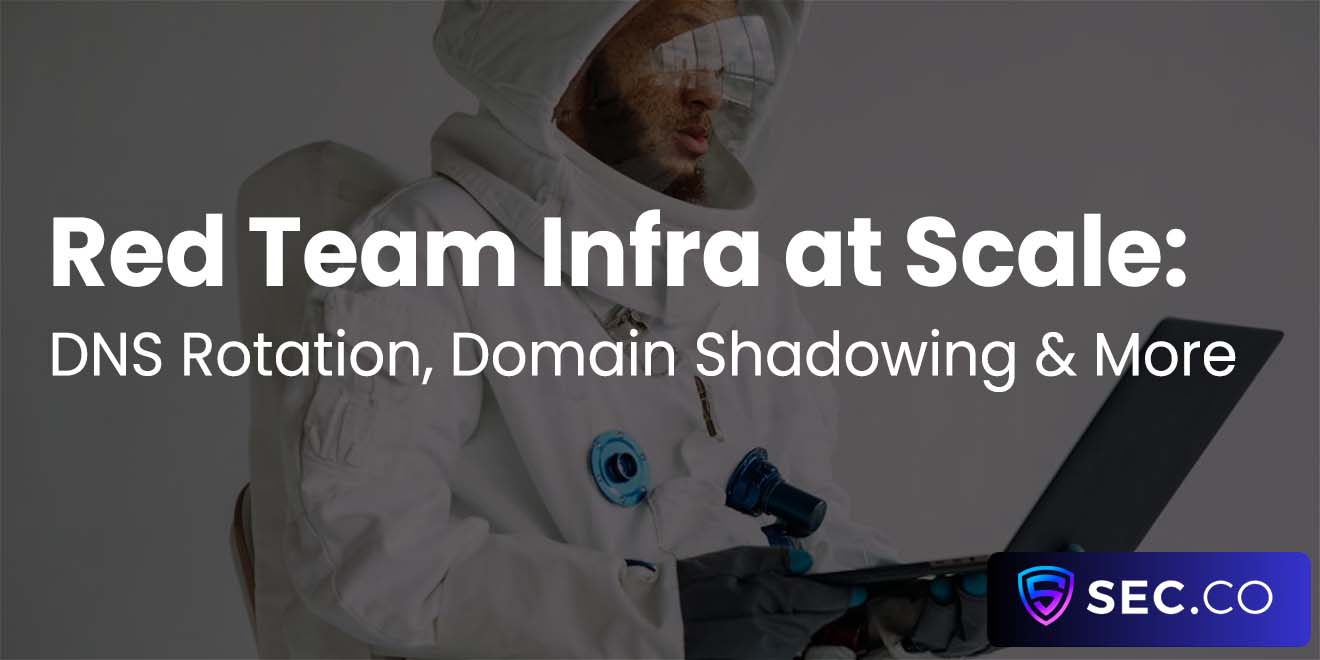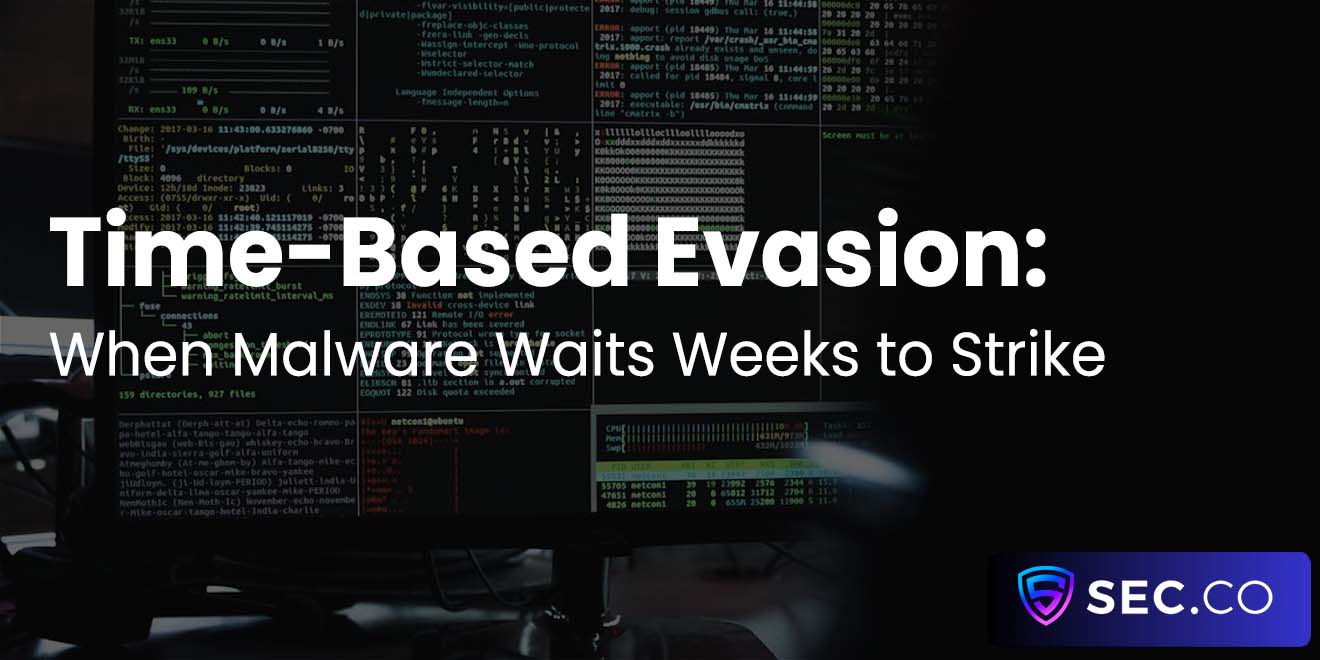Shared Responsibility Model in Cloud Security: Where CSP Protections End
Ah yes, the Shared Responsibility Model (SRM)—the cloud security equivalent of a roommate agreement written on a cocktail napkin. Everyone loves to reference it, few actually understand it, and fewer still read the fine print that clarifies exactly when the cloud provider stops caring. Here's the brutal truth: the cloud doesn't magically secure itself. The moment you hit “deploy,” congratulations, you’ve inherited a sprawling, nebulous pile of responsibilities, many of which are nowhere near as automated as the sales deck promised.
In this delightful dissection, we’re going to map out precisely where your Cloud Service Provider (CSP) leaves you on your own, why your misplaced faith in "the cloud is secure" is laughable, and how not to make it onto next quarter’s Data Breach Wall of Fame.

Defining the Shared Responsibility Model — Cloud Security’s Favorite Blame Game
The SRM Cheat Sheet: Who’s Covering What?
If you’ve been in cybersecurity for longer than a weekend, you’ve heard someone mumble, “Well, that’s covered by the CSP, right?” To which the only appropriate response is a deep sigh and a drink. In practice, the SRM divvies up duties like an overworked restaurant shift: the CSP keeps the kitchen operational (hardware, global infrastructure, maybe the hypervisor), but you’re responsible for ensuring nobody’s sprinkling arsenic into the soup (data security, access controls, configurations).
The CSP’s responsibilities extend as far as making sure the building doesn’t catch fire and the servers have power. Beyond that? You’re managing your own circus, and good luck keeping the clowns in check.
It’s a Spectrum, Not a Switch
Of course, this isn’t some binary, on-off relationship. The depth of your responsibilities scales with your service model. Infrastructure-as-a-Service (IaaS) practically hands you the raw materials and says, “Best of luck.” Platform-as-a-Service (PaaS) offers a bit more support, but you’re still handling your own code’s misbehavior. Software-as-a-Service (SaaS) gets you closer to done-for-you bliss—but even then, you're still the genius uploading sensitive files without encryption.
The rule of thumb? No matter how "managed" something is, assume you’re on the hook for all the stuff that actually matters.
Where CSP Protections Tap Out: Spoiler Alert — It’s Sooner Than You Think
Physical Infrastructure? Yep.
It’s cute when people assume that because AWS, Azure, or GCP spent a billion dollars on armed guards, motion detectors, and subterranean server bunkers, their data is bulletproof. Sure, the CSP has eyes on their data centers 24/7, biometric access control, and hardware redundancy galore. But none of that prevents you from accidentally provisioning a resource with the digital equivalent of a "kick me" sign.
If someone walks out of a Google facility with a rack of drives tucked under their hoodie, that's on Google. If you forget to set proper access controls on your storage bucket? Yeah, that's all you, champ.
Customer Data? Oh, That’s All You, Buddy
No, your CSP does not peek inside your data to make sure you didn’t just upload a CSV titled “user_passwords_final_REAL.xlsx” into an unsecured blob. If your database goes unencrypted, or you back up sensitive customer information to a publicly exposed endpoint, that's not an infrastructure failure. That's you failing Spectacularly As A Service (SaaS). CSPs are responsible for uptime. Not for preventing you from making hilariously bad decisions.
Common Misconceptions: The Cloud Is Not Your Security Blanket
"But AWS Said They’re Compliant!"
Ah yes, the ever-popular defense of “we’re running on a SOC 2 Type II certified platform, so we’re secure, right?” Listen, compliance is a warm, fuzzy marketing term that means they passed an audit. It does not, in any way, shape, or form, imply that your specific deployment isn't currently being casually crawled by a script kiddie in their basement.
Your CSP has their compliance certificates nailed to the wall. But your unique snowflake of an application? The one duct-taped together with out-of-date libraries and default passwords? Yeah, good luck explaining that to the auditors.
The Illusion of Default Security
By now, you'd think we'd all agree that "defaults" mean "please hack me." Yet here we are, with enterprises deploying production workloads straight out of the box, without modifying a single setting. Default security configurations are designed to work out of the gate, not to be bulletproof. That’s not a fortress you just built. It’s a house of cards, and the wind’s picking up.
Real-World Examples of Shared Responsibility Failures (AKA The Wall of Shame)
Misconfigured S3 Buckets and the Plague of Public Data
At this point, unsecured S3 buckets are practically a meme. When you read that another terabyte of sensitive customer data leaked because someone forgot to check a box, you don’t even blink anymore. It’s become a rite of passage in cloud mismanagement. And yet, the CSP isn’t the one making your storage public to the world. That was your config. Those were your keys. And that leak? That’s your mess.
Credential Leakage in Cloud Apps
I’d say “stop putting credentials in source code,” but if that worked, we wouldn’t have GitHub repo scrapers automatically firing off Slack alerts whenever someone pushes an .env file in public. No, the CSP didn’t expose your keys. You did. Environment variables aren’t magic. They’re just text files that you forgot were accessible. Hope your CI/CD pipeline is enjoying its surprise feature of "now including lateral movement vectors."
How To Actually Hold Up Your End of the Bargain (Without Crying)
Zero Trust or Bust
Zero Trust isn't just some buzzword you throw into a slide deck to look cool. If you’re not verifying every request, on every layer, every time, you’re pretty much asking for trouble. Just because it worked five minutes ago doesn’t mean Steve from DevOps didn’t "tweak" something. Verify. Validate. Then check again. If your entire security posture rests on "we think it’s fine," you're about three minutes from it not being fine.
Proactive Monitoring and Incident Response
Logging? Alerting? Response playbooks? If your idea of incident response is someone noticing things seem "weird" in the morning and then shooting off a group email, you're doomed. The cloud doesn’t sleep, and neither do attackers. Automate it. Review it. Break things on purpose just to make sure you can fix them before someone else does it for you.
Least Privilege as a Lifestyle
Your intern should not have production database access. Your CI pipeline does not need admin rights to every account. And Steve? Don’t get me started on Steve. Least privilege isn’t just a policy. It’s a survival mechanism. Assume everyone’s compromised, because eventually, they will be.
Trusted by the Web Community
See what we written lately
Request an invite
Get a front row seat to the newest in identity and access.















